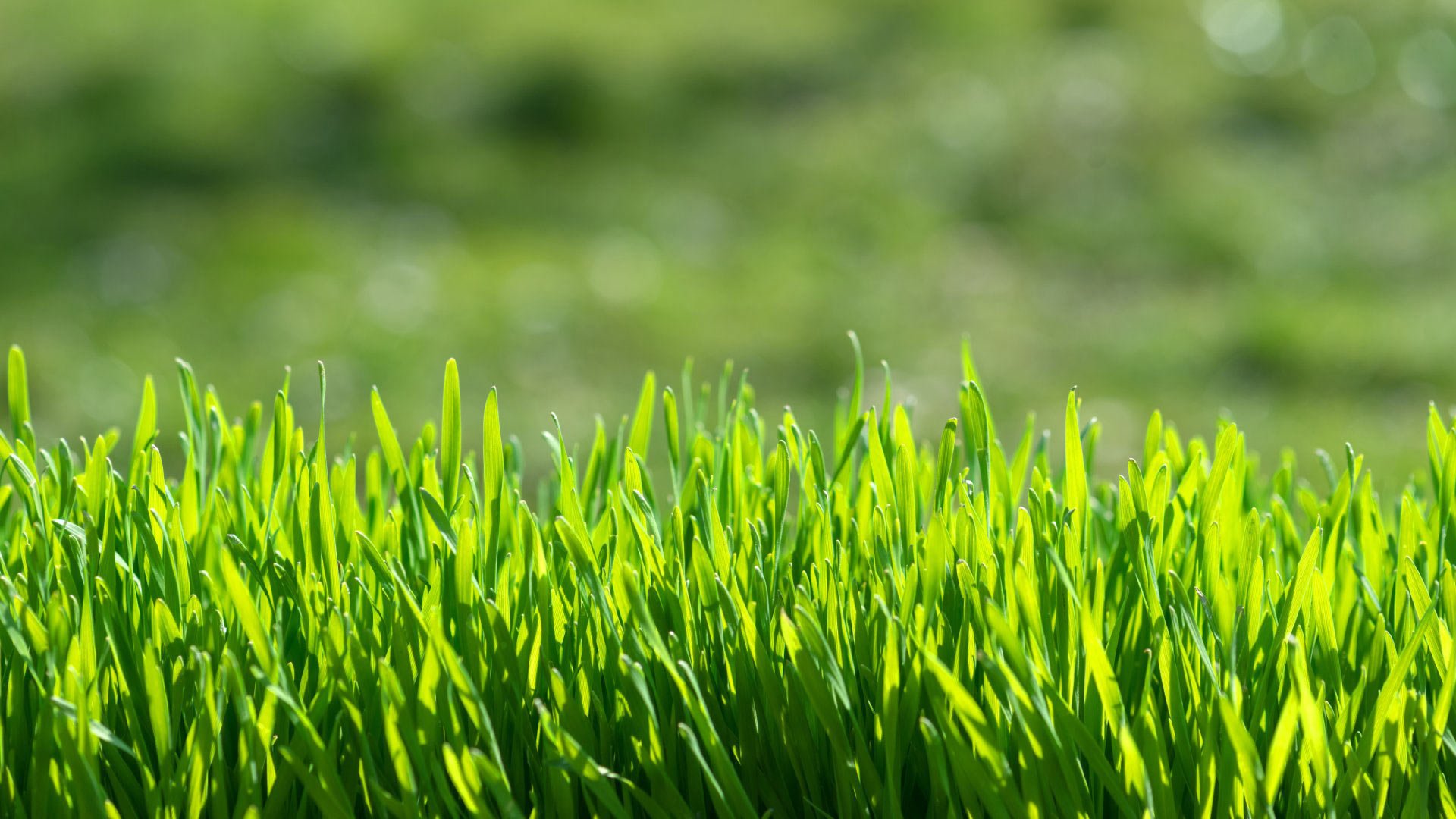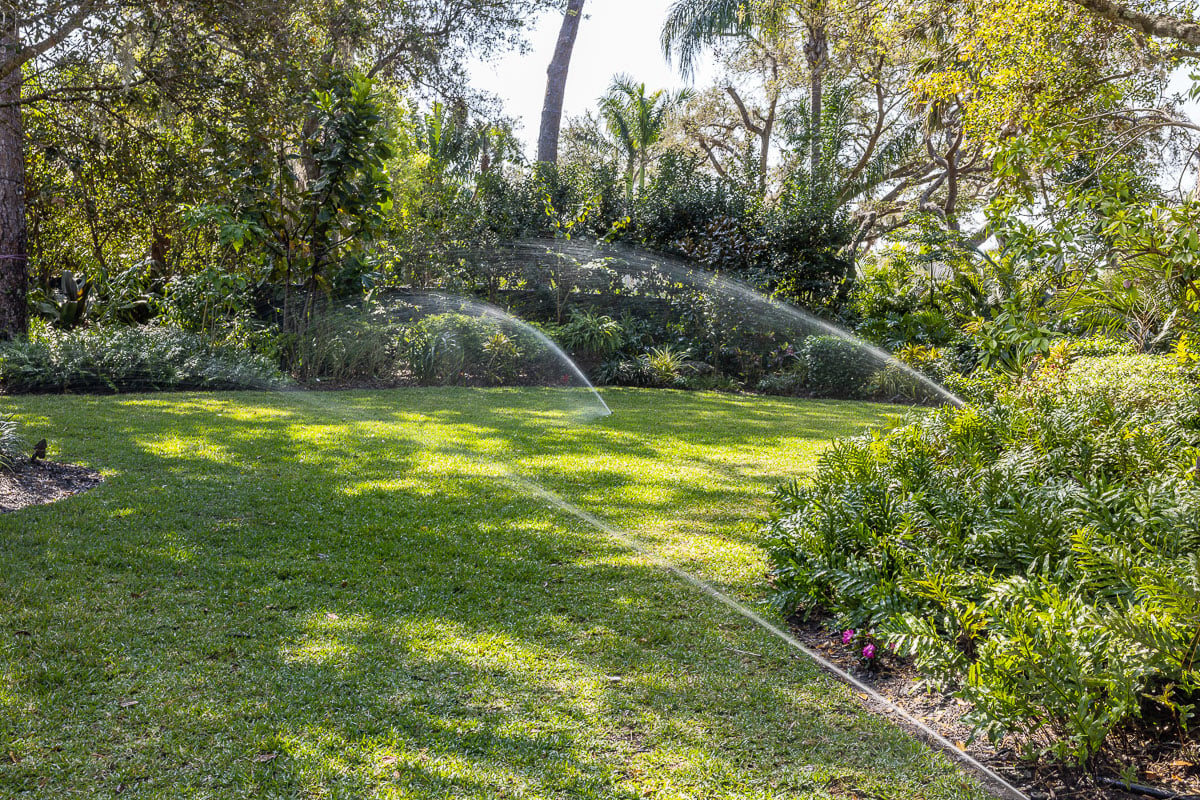
4 Long-Term Effects of Saltwater Damage on Your Landscape
So much of the damage caused by the destructive punch of hurricanes Helene and Milton was obvious, from destroyed homes and businesses to toppled trees.
Damage from the two storms totaled more than $600 million in Sarasota County.
But the two major hurricanes that hit the Sarasota area this fall caused some damage that’s harder to see at first — salt damage to plants caused by the saltwater storm surge that soaked landscaping.
What are the effects of salt water on plants? Salt water draws moisture out of plants’ roots, which dehydrates them, preventing them from getting the vital nutrients they need. Grass, plants and trees can die.
Learn more about salt damage to plants, including:
Lawn damage from saltwater
Salt damage to plants
Soil damage from saltwater
How salt water damages trees
1. Lawn Damage from Salt Water
Salt water draws moisture out of the grass roots, which dehydrates them, leading to discoloration, stunted growth, and eventually, dead patches.
The high salt concentration in the soil makes it difficult for grass to absorb the fresh water it needs to thrive.
Salt water and plants aren’t a good pair.
You can prevent the damage, if you act fast.
Turn on your irrigation system and run it every day for two weeks.

The fresh water helps push the damaging salt water deeper into the soil, below the root line.
This strategy saved a lot of our customers’ lawns, preventing the need for sod replacement.
Grass has shallow roots, which helped it recover as the salt water was pushed deeper into the soil.
One thing to note: all that extra irrigation flushed all the nutrients from the soil, so fertilizing is crucial to revive the lawn.
Tropical Gardens crews have been applying slow-release granular fertilizer to lawns that will last into the winter.
Some Sarasota homeowners turned their irrigation systems off after the storms passed, assuming the sod was so soaked that the last thing it needed was more water. Those lawns didn’t stand a chance.
2. Salt Damage to Plants
While lawns can be saved by quick irrigation action, what about landscape plants?
Is salt bad for plants?
Yes. And salt-damaged plants can’t be easily saved by a thorough flushing with fresh water the way lawns often can. Most plant roots reach deeper into the soil than shallow grass roots, so you can’t easily push the damaging salt water deep below their roots.
Many Sarasota plants and shrubs need to be replaced.

But give plants a chance — they might surprise you and fight their way back to health.
We’ve seen hibiscus, ‘Super Blue’ liriope and variegated screw pine miraculously survive saltwater damage, but it took a while.
When it comes to salt water and plants, most jasmine and shefflera weren’t as lucky.
Scratch a bit of bark off your damaged plants. If you see any green underneath, be patient — there’s a chance of recovery.
3. Salt Damage to Plants: What About the Soil?
You can’t see soil damage the way you can see a hurricane-tattered palm tree, but salt water can significantly damage soil.
The salt absorbed by the soil after a storm surge creates a toxic environment for plants, preventing their ability to absorb fresh water. The excess salt ions displace the essential nutrients in the soil, making it difficult for plants to access them.
That means plants rooted in that salty soil can wilt, struggle and eventually die.
Is Your Property Old or New?
Older Sarasota properties typically have sandy soil, which means the salt water seeps down pretty quickly below the root line, and your soil might escape significant damage.
But in newer builds, clay soil is often brought in to fill, with just 2-3 inches of good top soil on top. In that case, the salt water can’t drain through as easily and the soil will retain some of the salt. That soil won’t be good for planting. Remember, salt damage to plants is a real thing.
But if the property has a slope, there’s typically less soil damage. When the salt water seeps down to the clay, the slope causes it to run down along the top of the impermeable clay to the street.
When Tropical Gardens crews plant, we always excavate bad soil and replace it with rich, nutrient-filled top soil.
Clay isn’t good for plants, whether there’s salt in it or not.

4. Tree Damage from Salt Water
Just like with grass and plants, salt water disrupts a tree's ability to absorb water and nutrients from the soil. Salt water and plants don’t mix.
One of our customers has several majestic live oaks that, sadly, may not survive the saltwater bath from the hurricane storm surge.
Tropical Gardens crews treated the affected trees with a sea kelp and fish emulsion (warning: it smells terrible, like dead fish) and now it’s a waiting game to see if the nutrient-rich treatment helps.

Salt Damage to Plants? Talk to Us
The aftermath of a destructive hurricane is overwhelming. Maybe you lost a roof, a garage or treasured trees that toppled in the storm.
You might not be thinking about damage to your lawn, plants and trees from salt water.
We are.
Tropical Gardens plant health care services include expert strategies designed to get your landscaping back to health.

Give us a call or fill out our form today! Our team of Sarasota plant experts can’t wait to care for your landscape plants, keeping them happy, healthy and beautiful year round — even after the damaging effects of hurricanes.


